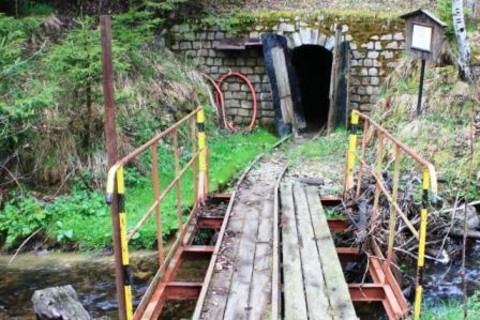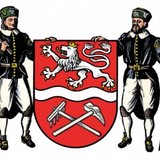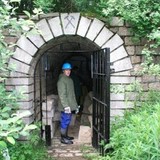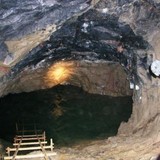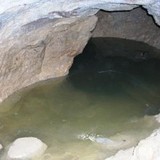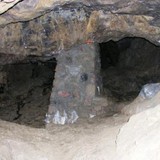Hieronymus Mine
Mysterious labyrinth of an underground mine
The Hieronymus Mine, an immovable cultural monument, is a unique example of the mining culture and abilities of our predecessors. The preserved areas of the mine from the mid-16th century, which include chambers, drifts, landings and stopes, are characterized by an efficiently designed shape. The drifts still bear noticeable marks of work done with moyles and malls, and traces of firesetting are visible in the chambers.
The Hieronymus Mine lies about 1 km west of the former royal mining town of Čistá (previously known also as Město Litrbachy, Stadt Lauterbach), which was completely razed by the Czechoslovak army after World War II.
The start of underground tin mining near Čistá dates back to the 16th century. The reason for focusing on the disproportionately more expensive mining of primary ores was the exhaustion of tin-bearing placers in the Slavkovský Les Mts. Despite the fact that the yields of local mines were not as rich as in nearby Krásno, archival sources mention a number of mine workings that we have not been able to identify and locate thus far.
During the course of the mine´s history, approximately 500-700 tonnes of tin were mined from the deposit. Extensive and considerably expensive reconstruction of the mine, which will serve as a tourist attraction, is currently taking place.


